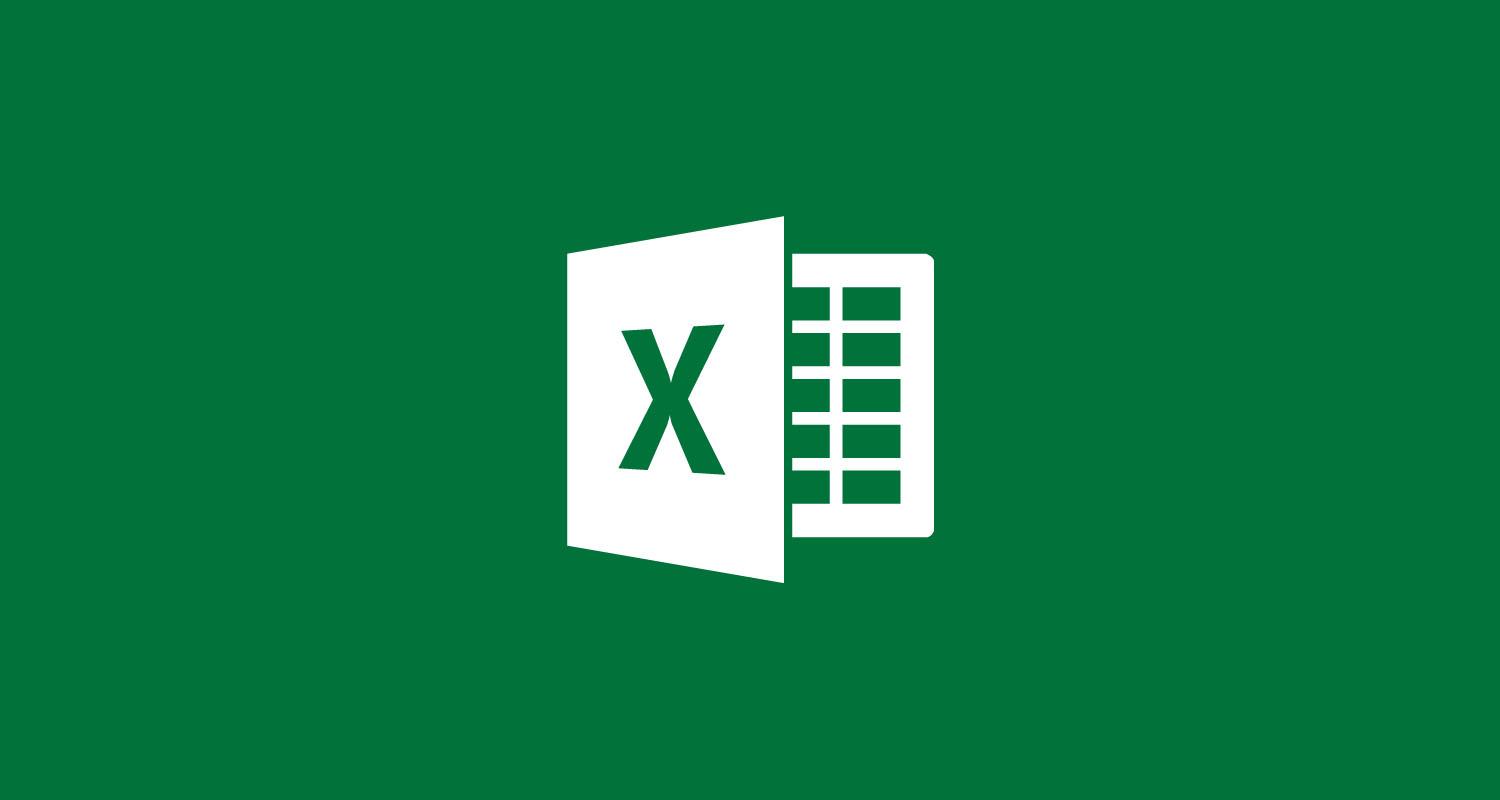🕑 Reading time: 1 minute
It doesn’t matter how hard the construction industry tries to cling on to the traditional methods for execution, the increasing complexities and intricacies of construction sites are going to bend it down eventually unless the industry makes itself adept with all the necessary digital software.
It requires the players running the industry to be equipped with everything that can simplify their work. Software packages designed for the facilitation of bulky work should be chosen over brawn when required.
With the time on hand brought by the corona-driven lockdown, one should not hesitate and get themselves familiar with all the software packages that can assist them with their jobs and career.
We have created a list of important software packages a civil engineer must know.
Contents:
8 Software every Civil Engineer Should know
1. Microsoft Excel
Excel is a spreadsheet program and trust me, it is bigger than you can imagine. Spreadsheet programs are used to perform routine calculations in engineering especially for repetitive calculations that do not need sophisticated programming. Sophisticated programming can be performed inside Excel by using Visual Basic for Applications. Excel is the standard spreadsheet program for engineering and business.

2. Microsoft Project
Microsoft Project is used in various aspects like, CPM building, planning activities, setting baselines, assigning resources to various tasks, resource levelling, assigning costs to various activities, monitoring. In short it can be used from the inception of the project to the completion of the project.
3. Primavera
Primavera P6 Professional Projects Management is a powerful yet easy-to-use solution for planning, managing, and executing projects and programs. You can even add information about your company, employees, functions assigned to them, etc. Primavera P6 Professional Project Management gives today’s project managers and schedulers what they value most: control.
4. AutoCAD
AutoCAD is the go-to tool for creating and testing 3D models and designs and is used by civil engineers, architects, and graphic artists. With AutoCAD, you get access to seamless workflows, specialized industry toolsets, and new automation to help you achieve the ultimate productivity in 2D and 3D design. Get powerhouse performance, visualize Xref changes, enhanced Blocks capabilities, and version control to take your designs to the next level. Built for the way you work. Built for the future.
5. ArcGIS
Civil engineers work with a voluminous amount of data from a variety of sources. Geographic information system (GIS) technology provides the tools for creating, managing, analyzing, and visualizing the data associated with developing and managing infrastructure. GIS software is interoperable, supporting the many data formats used in the infrastructure life cycle and allowing civil engineers to provide data to various agencies in the required format while maintaining the data’s core integrity. Built on a database rather than individual project files, GIS enables civil engineers to easily manage, reuse, share, and analyze data, saving time and resources.
6. STAAD Pro
STAAD Pro is one of the most widely used structural analysis and design software products worldwide. STAAD Pro is a comprehensive and integrated finite element analysis and design offering, including a state-of-the-art user interface, visualization tools, and international design codes. It is used for 3D model generation, analysis, and multi-material design and the commercial version supports several steel, concrete, and timber design code.
7. Revit
Revit not only captures the reality but it’s also the ultimate tool to convey the project ideas and scopes to the clients. This all-important software has got some fascinating features such as walkthrough, rendering, etc. where you can represent the reality of the buildings, interior, and structure virtually. Also, the software has got its own precisions and efficiency.
Revit possesses three different software, architecture, structure, and MEP. Revit architecture is extremely user friendly and there are particular tools to build walls, doors, windows, and other components that aren’t available in AutoCAD. Also, drawing in 2D automatically produces a 3D model which is extremely advantageous. One can also edit the material of the structure and use the properties.
Navisworks is not a 3D modeling program but a program that converts large REVIT 3D model files into smaller 3D models that are far more manageable for a multitude of team members. Navisworks is a powerful desktop application that can filter and separate specific model information. It will not be a program to replace REVIT, but a tool that works in conjunction with REVIT and makes certain processes much more efficient.

Read more: 25 Essential Apps for Civil Engineers


